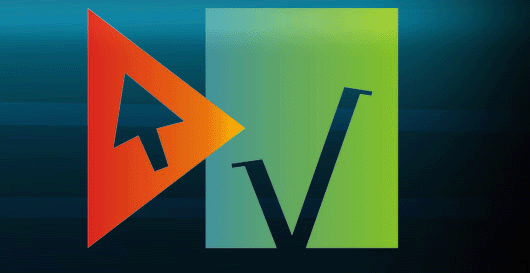Short preface of the e-book
The team preparing the e-book within the frames of the DynaMat project is not homogeneous - it is composed by mathematics educators and pure mathematicians who are lacking long experience in didactics but have strong interests in mathematics education at different levels. This specifics seems to be very important since synergy between science and science education research (with emphasis on mathematics in our case) faces the challenges of the increased use of inquiry-based learning. Together with the expected positive impact the project team was ready to face a number of challenges.
Starting from the main objectives of the DynaMat project and following the same positive spirit of fruitful collaboration we tried to create different didactic units in such a way that
• The problems considered in the didactic units would have as an initial point models and events from the surrounding world
• The arguments in the units would have a reasonable mathematics content supporting the preparation of pre - and in - service teachers in mathematics
• All different arguments could be unified by creative ideas in posing and solving problems in the context of math education at different levels
Furthermore, the e-book is intended as a basic resource for the professional development of broad spectrum of teachers (pre-service and in-service alike) for a natural integration of specialized dynamic software in the classes in mathematics, science, IT and art. Thus, variety of the modules in terms of software, age groups and subject area has been intentionally sought.
The e-book contains materials based on the use of dynamic geometry software as a suitable platform for explorations of conjectures and hypotheses of the users, thus stimulating teachers and students alike to enter the skin of working mathematicians.
The book itself has a dynamical nature, since the authors have been improving the content taking into account the feedback from previous e-courses based on it.
Teachers and motivated students can use the e-book as a catalog of ideas - a good math model or example for further work on a specific problem. A possible hint for your choice is the file with the subject index - the corresponding didactic scenario could be used as starting point in the study of the problem. Of course the starting point depends on the concrete curriculum followed by the school. Therefore the next key point is how to adapt the scenario to the specific target audience - here the experience and the creativity of the teacher are essential. After a relevant introduction of a unit, it could be enriched and further developed by tasks, problems, and project ideas, following the examples proposed in it.
It is true that there is no royal road to mathematics, but the project team hopes that your journey with the DynaMat e - book will be pleasant and dynamic! |








